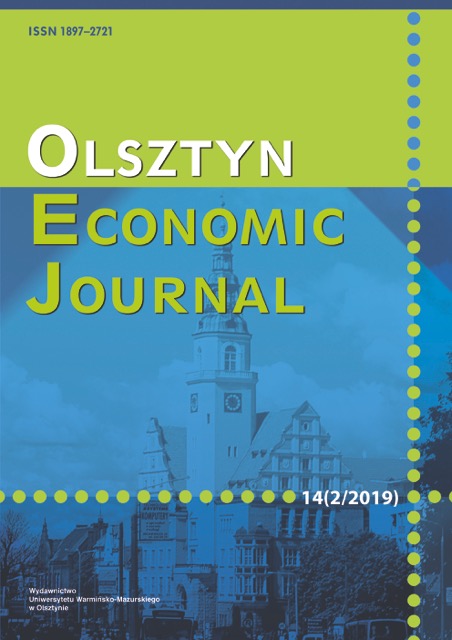Introduction of the Single Currency and Inflation – the Case of Central and Eastern European Countries
Introduction of the Single Currency and Inflation – the Case of Central and Eastern European Countries
Author(s): Janusz Heller, Rafał Warżała, Kamil KotlińskiSubject(s): National Economy, Financial Markets
Published by: Wydawnictwo Uniwersytetu Warmińsko-Mazurskiego w Olsztynie
Keywords: inflation target; euro currency; inflation
Summary/Abstract: The study of price increases in five countries (Slovenia, Slovakia, Estonia, Latvia and Lithuania) aimed to assess the introduction of the single currency (euro) on the rate of HICP inflation in two short-term perspectives: after the first month and after the first year of the introduction of the euro in these countries. The following hypothesis was put forward: prices after the introduction of the euro are contained in the inflation target, that is, there can be no substantial increase, and contrasting views on the issue are only an effect of illusion, that is, the difference between actual and perceived inflation level. The research was carried out using the comparative method. They show that the inflation effect in the euro-adopting countries was clearly convergent with the level of price growth recorded at the same time in other European Union countries, including those already with a single currency. The result is that the reasons for excessive price growth in the short-term perspective should not be sought in connection with the introduction of the euro, but rather explained by e.g. the convergence of business cycles with these euro area countries in which HICP inflation target exceedance was recorded at the same time. There can be also any other conditions that affect price growth in all European countries, regardless of whether they belong to euro area or have its national currencies.
Journal: Olsztyn Economic Journal
- Issue Year: 14/2019
- Issue No: 2
- Page Range: 133-144
- Page Count: 12
- Language: English

